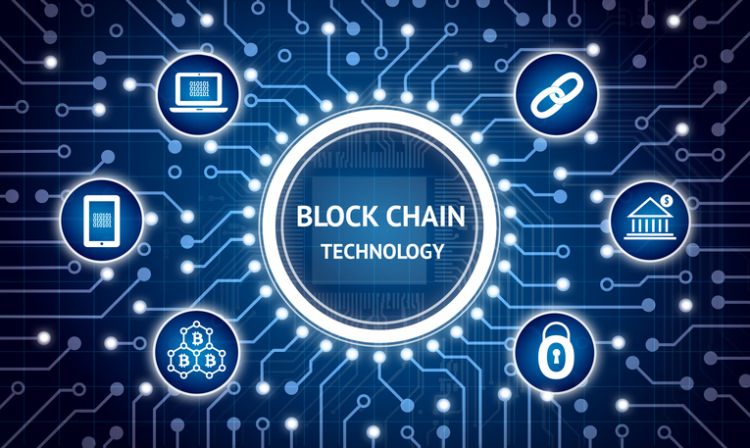Blockchain’s Main Features
Blockchain was initially created as a decentralized ledger for Bitcoin transactions that occur within the Bitcoin network. Decentralized or distributed databases/ledgers are devices that are not connected to one processor. Blocks are the way that transactions are stored on the blockchain. Each block is time-stamped, then linked to previous blocks to be part of the blockchain.
People used to make many copies of important documents and store them in steel safes, bank vaults, or buried treasure chests. You could also translate these documents into a secret language only you can understand as an additional security measure. This way, even if someone were to gain access to your bank vault to steal your stuff, they would not be able to understand the cryptic messages. You’d also have plenty of backups stored at other locations.
This concept is made possible by blockchain. Imagine that you and your million friends can make copies of all your files and encrypt them using special software. Then, they can save them in their digital vaults (computers) across the internet. This way, even if someone breaks into your computer or steals it, they won’t be able to interpret your data. Your friends have 999.999 backups of your files. This is blockchain in a nutshell.
These files are encrypted with encryption software to ensure that only certain people can access them. They can be saved on regular computers and linked over the internet or on a network. These files are known as ledgers. They record your data in a particular way. Nodes and blocks are personal computers that share processing power, storage space, bandwidth, and other resources with each other. The network is also known as a chain, which is a collection of connected blocks that allow computers to work together to share ledgers between each other (hence its name, Blockchain).
Already, the social impact of blockchain technology is being realized. This may only be the tip. The use of cryptocurrencies has already raised questions about financial services, including the rollout and provision of ATMs, digital wallets, and loans and payment systems. This shift in financial services is certain to make a difference in people’s lives, and it can only be positive, considering that more than 2Billion people do not have a bank account.
Maybe the transition to cryptocurrencies will be more straightforward for developing countries than fiat money or credit cards. It is similar to what happened with cellular phones in developing countries. It was much easier to buy large numbers of cell phones than to create infrastructure for landlines phones. Many will embrace the idea of decentralizing from governments and losing control over their lives. The social consequences can be significant.
It is easy to see the recent spate of identity thefts in the news. Giving people control over their identification would eliminate these events and allow them to share information with trust. Not only would this give the poor access to banking services, but it could also increase the visibility and effectiveness of charities that work in countries where corrupt or manipulative governments are involved. Increased trust in the financial system and the beneficiaries would lead to greater support for those in need in countries around the globe. Blockchain can be used to build a financial system that is trust-based, which is ironic and contrary to public opinion.
Blockchain technology can be used to eliminate the potential for vote rigging, and all other negative aspects of the current voting process. Blockchain technology can solve many of these problems, contrary to popular belief. There will always be new challenges and problems with any new technology. But the cycle continues, and new solutions will be found for these problems.
The data required to accurately record votes anonymously and verify accuracy of voting results would be provided by a decentralized ledger. Voters would not feel intimidated and could cast their vote in their own privacy.
It remains to be seen if blockchain technology will actually become an everyday part of our lives. Although there was some hope that central banks would be eliminated and all their responsibilities removed, it is possible that the end of the centralized financial system will not happen. While blockchain’s future will be interesting to see, one thing is certain: it is here today.


























